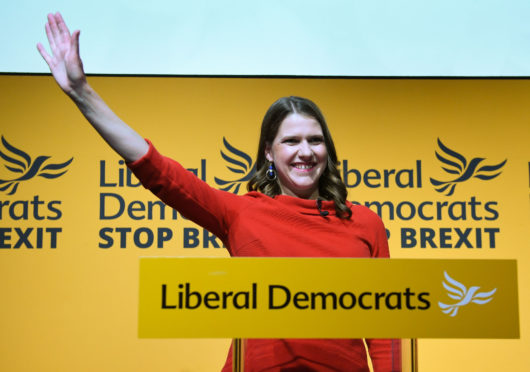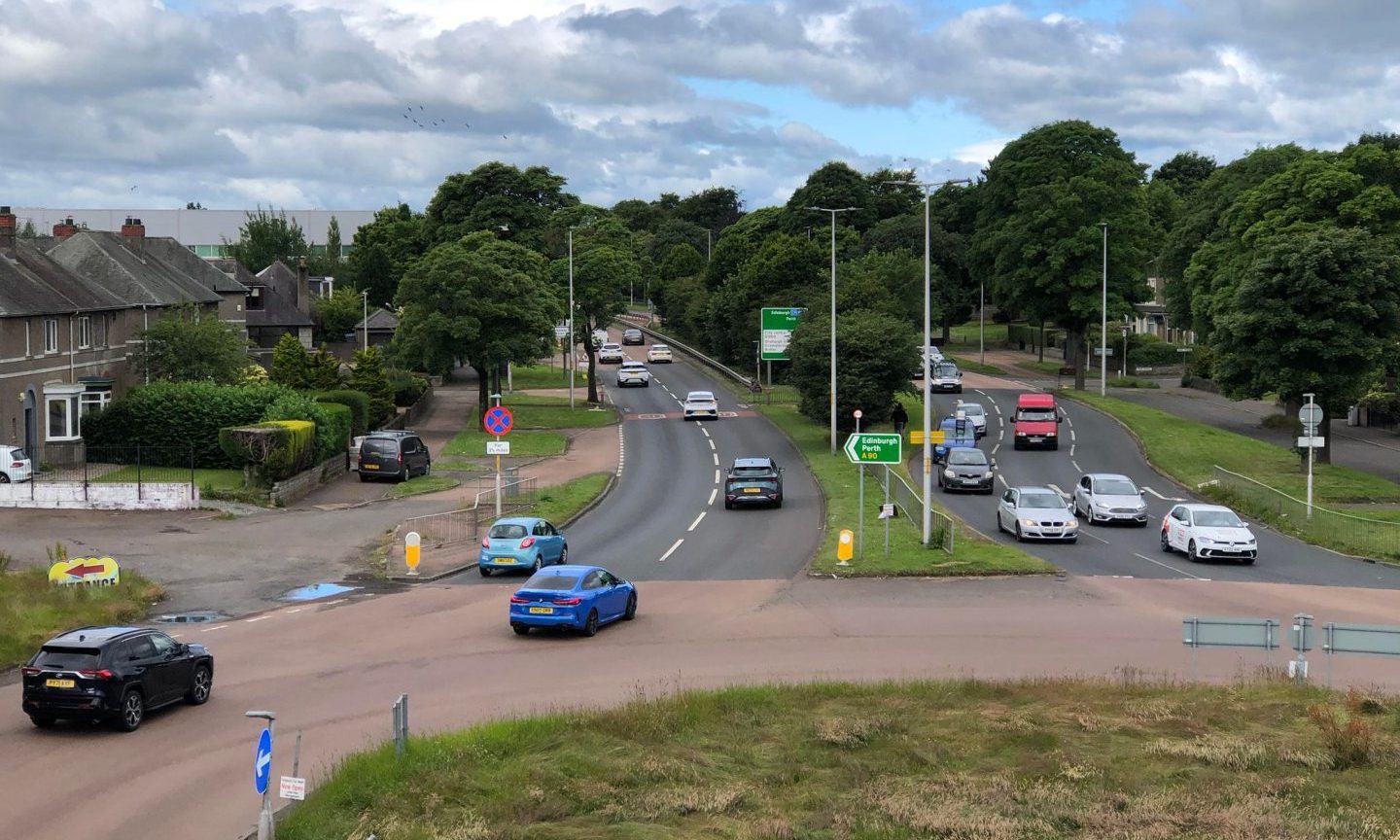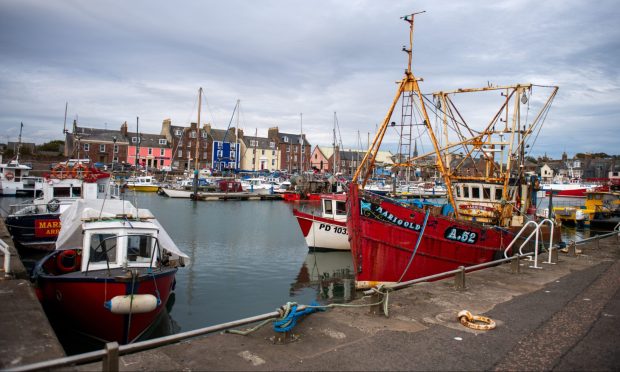The prospect of Conservative leader Boris Johnson and his Lib Dem counterpart Jo Swinson losing their seats is a possibility in Thursday’s general election. Here are 10 things to look out for from the 2019 general election.
1 A record number of women MPs elected
At the 2017 election, a total of 208 women were elected as MPs – the highest number in history. A new record should be set at this election, with the number projected to reach at least 220. More women candidates are standing than ever before, with many selected in safe seats. Whichever party wins, a rise in female MPs is on the cards.
2 Long-held Labour seats turning Tory
This election could see the Conservatives gain seats that have been held continuously by Labour for many decades – and in one case, for more than 100 years. Bishop Auckland (Labour since 1935), Wakefield (1932), Don Valley (1922), Newcastle-under-Lyme (1919) and Rother Valley (1918) are some of the places where generations of political tradition might be overturned.
3 A party leader losing their seat
It is rare for the leader of one of the main parties to be at risk of losing their seat in a general election. It is even rarer for two leaders to face the same peril. Both Boris Johnson and Jo Swinson are battling to hold their constituencies today. The prime minister is defending a majority of 5,034 and is facing a strong challenge from Labour. The Lib Dem leader is defending a majority of 5,339 and is being targeted by the SNP. No incumbent prime minister has ever lost their seat at a general election.
4 A rise (or fall) in turnout
Turnout has gone up at each of the past four general elections.
In 2017, the figure was 68.8%, the highest since 71.5% in 1997. Will voters flock to the polls in large enough numbers to beat 2017 and push turnout to its highest level in nearly 30 years? Or will cold weather, Christmas and indifference combine to send the figure plummeting downwards?
5 A rise in support for “Others”
The combined share of the vote for parties other than the Conservatives, Labour and the Lib Dems hit a post-war record in 2015 of 24.7%. In 2017, the figure dropped back to 10.3%. It is likely to increase again this year – but how far it rises will depend on the relative success of the SNP in Scotland, Plaid Cymru in Wales and the Brexit Party all over the country.
6 “Big beasts” being defeated
If both Boris Johnson and Jo Swinson cling on, there is still a chance of another “big beast” being defeated today. Former Tory leader Iain Duncan Smith is at risk from Labour in Chingford & Woodford Green; Environment Secretary Theresa Villiers could also be defeated by Labour in Chipping Barnet; Labour veteran Dennis Skinner might be unseated by the Tories in Bolsover; and former Lib Dem leader Tim Farron faces a close race with the Conservatives in Westmorland & Lonsdale. There is even a chance Foreign Secretary Dominic Raab will lose to the Lib Dems in Esher & Walton.
7 Vindication (or embarrassment) for the pollsters
In 2010, 2015 and 2017 the opinion polls suggested an outcome that was very different to what actually happened on election day. Might the same thing happen again this year? The latest poll averages suggest the Conservatives have a comfortable lead over Labour – but it is not clear how this might translate into seats. A host of factors are likely to come into play on polling day, including tactical voting and even the weather.
8 A Tory breakthrough in Wales
Labour has dominated the political landscape of Wales for generations. The party has won the most votes and the most seats there in every one of the last 26 general elections. In 2017, it took almost half of the share of the vote (49%), far ahead of the Conservatives (34%), Plaid Cymru (10%) and the Liberal Democrats (5%). Might things prove different this time? Polls suggest the Tories might be about to make a historic breakthrough. The party won eight seats in Wales in 2017 – 12 seats would give them their highest total since 1983. Fifteen seats would give them their highest total ever.
9 MPs defying the odds
At every general election there are MPs who buck the national trend and hold on to their seats, sometimes by the most slender of margins. In 2017, the SNP won Fife North East by a majority of just two. Other constituencies that saw wafer-thin victories included Kensington (a Labour majority of 20), Perth & Perthshire North (an SNP majority of 21) and Southampton Itchen (a Tory majority of 31). Look out for similar contests this time – though not necessarily in the same constituencies.




